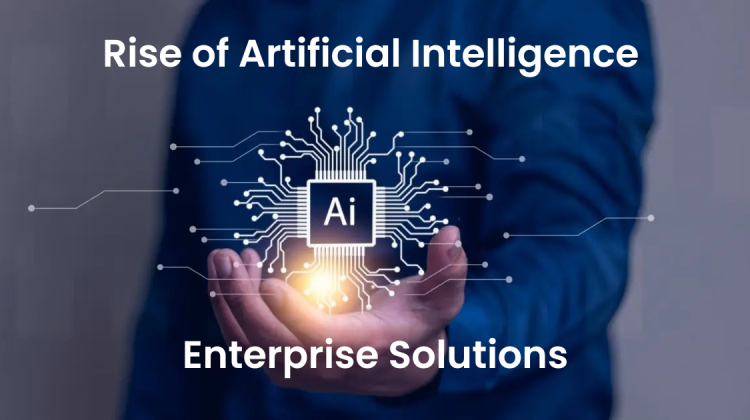
THE RISE OF ARTIFICIAL INTELLIGENCE BUSSINES INNOVATION
BUSSINES INNOVATION;
AI has been making headlines in recent years as it increasingly becomes integrated into various industries. Customer service inquiries are also handled by AI-powered chatbots, which are able to understand customer queries and provide personalized responses in real-time. This not only saves time and resources for business but also improves the customer experience by providing faster and more convenient service. Marketing campaigns are also being transformed by AI. By analyzing data on customer behavior and preferences, businesses can create personalized and targeted campaigns that are more likely to be effective.In the supply chain, AI optimizes logistics and predicts demand, resulting in cost savings and improved efficiency. For instance, AI analyzes past sales and customer demand data to forecast future demand and adjust production accordingly. This may include recommending products or services based on past purchases or displaying ads to customers likely interested in a specific product or service.
BUSINESS EFFICIENCY;
AI superpowers like machine learning, predictive analytics, natural language processing and robotics are transforming the business world, leading to exponential growth. Prediction machines play a critical role in the economics of artificial intelligence.
BUSINESS GROWTH STRATEGIES;
AI with its predictive and analytical capabilities, drives rapid business growth by enhancing operational efficiency and decision-making processes with the help of it businesses are identifying trends, predicting outcomes, automating tasks, and providing personalized customer experiences. AI strategies help businesses to stay competitive by improving decision-making, driving innovation, and enhancing customer experiences. Prediction machines powered by AI are creating cost-effective solutions, enabling businesses to predict outcomes more accurately and efficiently. Marketers also can benefit from generative AI.
They can do experiments by launching pilots and explore the way AI can create a competitive advantage. Secondly, they need to start their data transformation straightaway by packaging all your unique data and content so that u can train your future-gen AI just for you. Thirdly, they need to sharpen their brand identity and be able to train the algorithms to capture essential and distinctive elements of your brand so that they can efficiently generate new content that sounds like you
AUTOMATION IN BUSINESS;
AI is now has become part of everyday life. AI is growing fast and transforming businesses. A European travel company used AI to personalize offers to customers and thereby it increased revenue per customer by 6%. Machine learning, natural language processing, and image recognition will reach high performance, decrease labor costs, and improve innovative customer experiences, laying the groundwork for new services to emerge and redefining traditional ones.
The role of AI in the automotive industry is incredible for bringing driverless vehicles on the road also its huge in the insurance AI Howard auto damage assessment helps in claiming insurance for damaged vehicle parts. AI apps are useful for quickly uploading damaged vehicle photos and getting claimed thus AI automotive insurance is much faster than the traditional insurance process.
AI-DRIVEN STEEL SUPPLY CHAINS;
AI predicts demand, optimizes logistics, and manages inventory in supply chain management, enhancing business efficiency. AI’s new capabilities, such as automated inventory and optimized shipping routes, are transforming supply chains, resulting in cheaper and faster product deliveries. Coupled with advancements in robotics, we’re moving closer to fully mechanized warehouses worldwide.
STEEL INDUSTRY TRANSFORMATION;
Today the steel industry is using technologies based on machine learning, artificial intelligence, and internal things. Machine learning with big data and artificial intelligence generates optimization strategies and auto-made processes it also allows control in the lifetime of machinery so the companies are able to generate program management with lower associate costs. The factory owners visit the real-time performance of the factories using big data and cloud computing. Implementation of Internet of things elements like sensors connected by a network led the factories to work with a higher precision speed and quality so it can have better competitively in the market.










